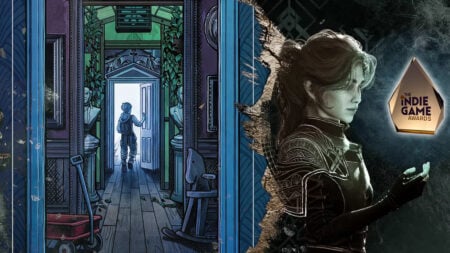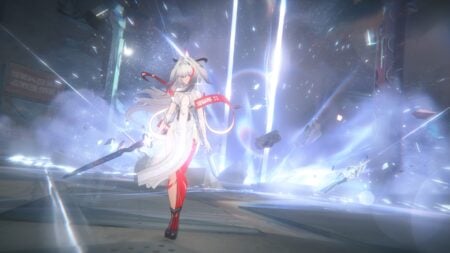With all the controversy surrounding Dragon Age: The Veilguard, it’s easy to dismiss some of its strong points. One of Dragon Age: The Veilguard‘s strengths that I experienced is that it’s actually a fun and decent action RPG once you look past the superhero story and I wanted to enjoy it in full. That’s why I constantly found myself wishing that The Veilguard would stop annoying me with what commonly does: restricting its players for the sake of style.
And no, I’m not talking about character designs– those are subjective. I didn’t like some aspects of the game’s combat and movement animations, particularly the way characters attack. Dragon Age: The Veilguard sadly falls into the Hollywood misconception of thinking that spinning before you attack is a good way to fight. It does look stylish, but it shouldn’t really delay you from landing a much-needed attack.
This micro-delay became a lot more insufferable the longer you played the game since I made the big mistake of choosing the Warrior class and limiting myself to melee. My character would then spin and twirl 70 percent of the time on his initial attack, taking an extra noticeable half-second (or even a full second) just to break a potion jar, a crate, or other obstacles.
A quick thrust or slash would’ve sufficed. My character doesn’t need to impress or intimidate those 2×4 planks with his gratuitous sword spin only for the auto-targeting to miss. Imagine doing that 1,000 times. Before long, the micro-frustrations and micro-frictions added up. Now I regret picking a melee class which I can’t change.
And this was when I started seeing more cracks in an otherwise good game.
The Veilguard’s Many RPG Restrictions
Dragon Age: The Veilguard‘s poorly implemented flashy combat animations felt more like a symptom of something bigger. This kind of friction was also prevalent outside of combat, particularly in exploration. The game gives you the freedom to jump from high ledges and into deep water, only to tell you that you shouldn’t be doing that and promptly punt you back to safe ground. Why didn’t they just put an invisible barrier?
You might as well be walking in large corridors with how the game railroads you from place to place. It forces you to stop doing what it allows you to do. You can’t go into deep water, you can’t jump several stories for a shortcut, you must watch the clumsy platforming animations, you must endure the longer combat animations before you can grab that potion or smash that barricade, etc.
For a game that takes a step forward with its accessibility, these veiled restrictions count as two steps back. It’s an RPG that dictates you to play the way it wants, which is one common criticism of the game’s dialog that I find also seeps into gameplay.
The player’s freedom feels more like a cosmetic backdrop once you encounter too many high ledges, enemies, or obstacles. Even the expansive skill tree seems contradictory since you can only pick three abilities plus an ultimate. You’re also only allowed to be a superhero, and you’re stuck with the class you pick.
But despite those issues, I still had fun with the game for what it is. It’s a solid game. I just wished it would stop reminding me every so often of how much less of an RPG it is compared to its predecessors after baiting you with similar RPG freedom.









